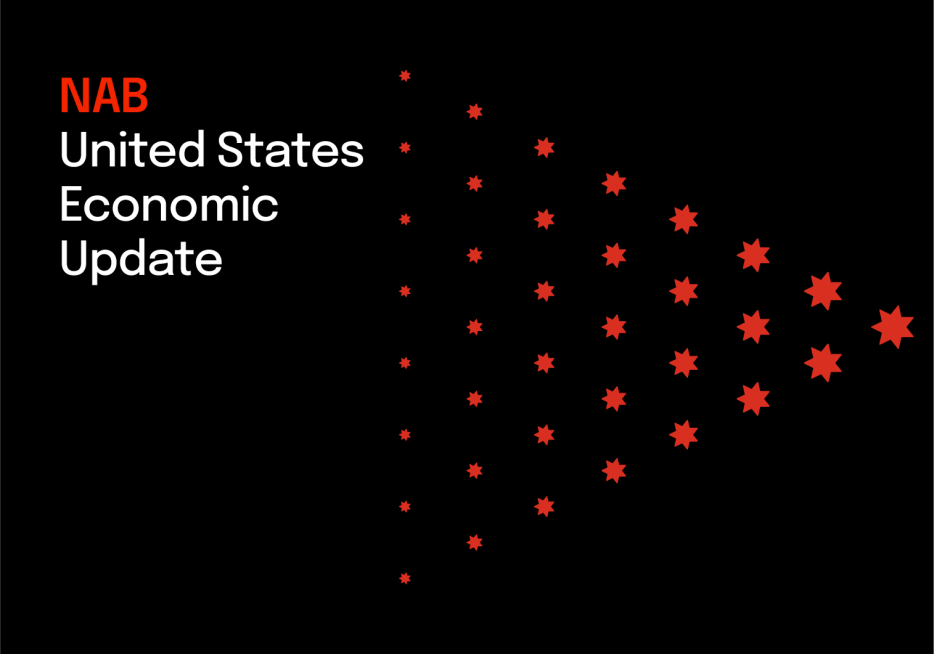28 August 2025
April 17, 2025
NAB Quarterly Business Survey – March 2025
Softer conditions to start the year
Business conditions eased slightly in the first quarter of the year and are now below average, with declines across all three sub-components. Business confidence improved again, but remains in negative territory and well below the long run average. Some forward looking indicators also weakened: capex plans over the next 12m fell (largely reversing the improvement in Q4) as did expected business conditions over the next three months. This suggests that businesses have remained cautious in the first quarter of the year. Labour as a significant constraint on output fell notably in quarter (but remains well above 2019 levels), while demand as a significant constraint continued to rise. A similar trend was seen in the top issues affecting business confidence – while wage costs remain the top concern, the share of firms reporting this factor has been steadily easing, while pressure on margins and demand have increasingly become a top issue for businesses. Labour cost growth eased this quarter from 1.0% q/q to 0.9%, but there was an uptick in purchase costs growth and retail price growth. Note that this survey was conducted before the April 2nd tariff announcements and does not reflect firms’ perceptions of the outlook post tariff announcements.
Survey Details
- Business conditions eased slightly, falling 1pt to +2 index points. The profitability sub-component fell 2pts to -3 index points, while trading and employment conditions eased by 1pt each.
- By industry, conditions fell most in mining (-9pts), transport & utilities (-7pts), financial, property & business services (-7pts) and wholesale (-6pts). Retail conditions rebounded (up 9pts) but remained negative at -6 index points. Retail conditions have not been positive since 2023 Q4.
- By state, conditions eased in all states except NSW and SA. WA saw the largest decline in conditions (down 7pts) followed by Qld (down 5pts). In level terms, conditions remain weakest in Victoria and SA.
- Business confidence improved 1pt to -4 index points. Retail recorded a significant increase in confidence and is now almost back to positive territory. Mining confidence fell significantly in the quarter.
- Leading indicators largely eased. Expected business conditions at the 3-month horizon fell by 3pts to +7 index points while expected conditions at the 12-month horizon were flat. Capex plans over the next 12m eased 3pts. Forward orders remained negative at -3 index points, and capacity utilisation rose marginally to 82.5%.
- Labour indicators eased. The share of businesses reporting that labour was a significant constraint on output fell from 34% to 29%. This is the first time since September 2021 that this measure has come in below 30%. Sales as a significant constraint on output has risen to 24%.
- Reported costs growth was broadly flat. Labour cost growth was 0.9% q/q (down from 1.0%) and purchase costs growth rose from 0.8% q/q to 0.9% q/q.
- Price growth measures saw final product price growth ease to 0.3% q/q (down from 0.4%) while retail price rose from 0.6% q/q to 0.8% q/q.
- Wage costs remained the top issue affecting business confidence, though this measure has continued to ease. Reported pressures on margins and demand have risen over recent quarters.
For more information, please see the NAB Quarterly Business Survey (Q1 2025) (PDF, 231KB), opens in new window
Business planning Business survey Corporate and Institutional Economic commentary Economy


